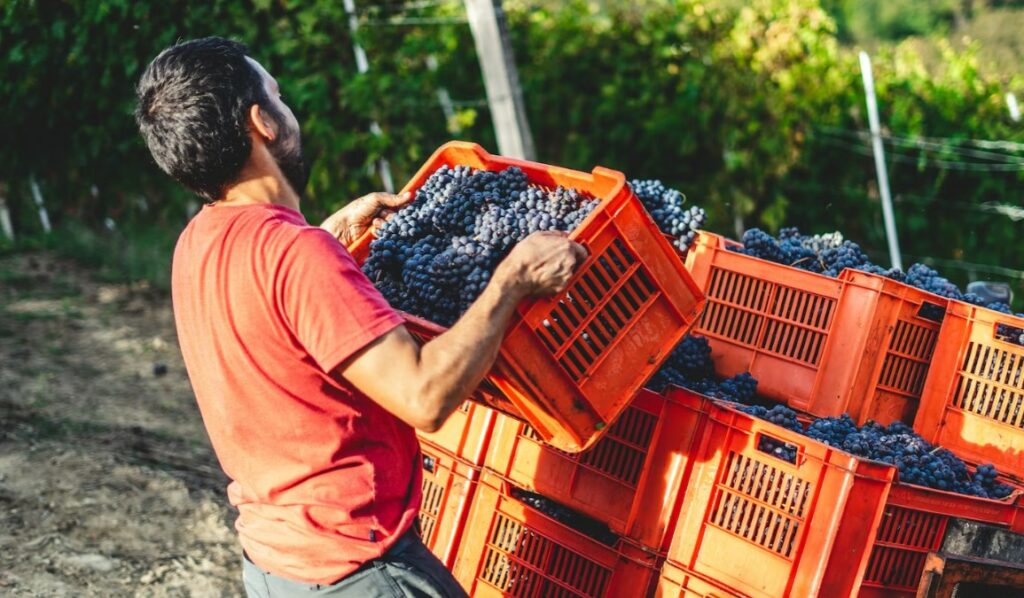When planning your next batch of wine, you’ll need to determine if fresh fruit, such as grapes, or concentrated fruit juices, will be used. You may find concentrates, which are bottled juices, in any number of places, including home brewing supply shops and internet marketplaces. Using concentrates has numerous benefits, such that they often include all the additional components you need and come with simple instructions. As a result, many people just starting in the winemaking world think that concentration is the best way to get their feet wet. Using fruit instead of concentrates has its own set of benefits, though. One major perk of utilizing fruits is that you can better regulate the final product since you may modify the procedure.
Creating wine from fruit is, in many ways, the same as making it from concentrates. However, there are some distinctions, and they are significant.
It’s essential to stock up on fruit before you get started. A typical misconception among inexperienced winemakers is that they have enough fruit to brew a decent wine. Seventy pounds of grapes are required to make six gallons of wine. Close to two bushels’ worth. Only when utilizing wild grapes like Muscadine is this not the case. Since wild grapes have a more concentrated flavour and higher acidity, you can get by with only 25 pounds of them.
Given the volume of grapes you will be handling, appropriate storage and handling facilities are a must. The grapes must have the stems removed and crushed before they can be used to produce wine. When the grapes have fermented for a few days, they will be ready to be pressed.
The grapes are simple to handle, and you can remove the stems and crush them by hand with little effort. Crushing grapes in tiny quantities requires nothing more complicated than a clean and sterilized potato masher. However, investing in a grape crusher may be worthwhile to facilitate the procedure with a more significant amount of grapes.
After the grapes have fermented for a few days, the pulp has to be pressed to obtain as much juice as possible. White wine requires pressing the grapes immediately after crushing but before the initial fermentation.
A hydrometer is recommended when dealing with fruit instead of concentrate since it allows for more precise regulation of the sugar content. You’ll recall that this plays a pivotal role in establishing the finished wine’s alcohol content.
If you’re making wine from scratch without any concentration, an acid test kit might help keep tabs on the acidity of your finished product. When the edge of wine is excessively high, the final product often has an unpleasant, too-sour flavour. However, the wine could lack flavour if there isn’t enough acid. You can establish if you need to add water or an acid blend by using an acid test kit, which will give you reliable readings.
